Best Time to Trek Nepal
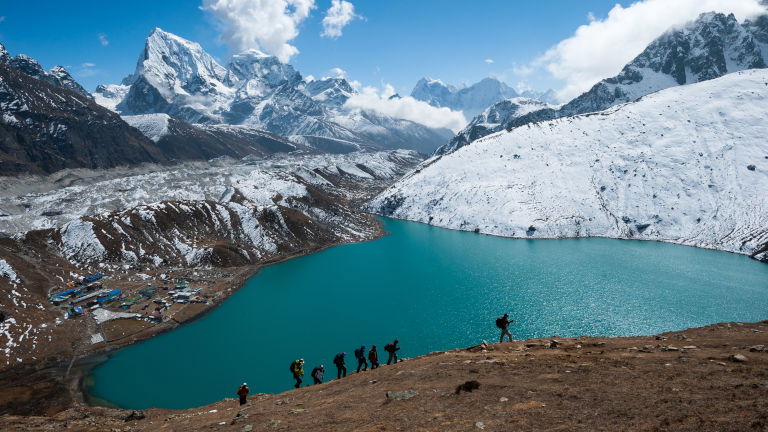
The Himalayas can throw all kinds of weather at you, all year round. You can get all four seasons in one day and things can change very quickly on the slopes. There is also a large disparity in temperatures at low and high altitudes, so given that most treks will see you pass through a vast spectrum of elevation, you really do have to be prepared for anything. While the weather is unpredictable, you can time your trip to avoid the notoriously unforgiving wet season and trek Nepal in a more accommodating time of year.
Ultimately, any time outside of monsoon season (June – September) is a good time to trek Nepal. During the rain season ominous clouds roll in and blanket the mountains, obscuring the otherwise-breathtaking views and dumping rain that can cause floods and landslides on the trails. Either side of this wet season is widely considered the best time to trek Nepal. April and May see a show of spring’s fresh blossoms (head to Annapurna for the best show of rhododendron blooms) and in October and November autumn turns the sparse foliage an orange hue.

Spring and autumn are also more moderate climates, bringing pleasantly warmer days to conquer the trails. Nights are still cold, and particularly at high altitudes, you can expect sub-zero temperatures. Winter is less forgiving, and you’ll need to be well equipped if you are considering hiking Nepal in December through February. The cool crisp air means the vistas of the snow-capped mountains are usually spectacular, however, if you experience severe snow storms it can shroud your view and immense dumps of snow can close parts of the trails.
Given the appeal of spring and autumn, these are the busiest times of year on the trails of Nepal. Travellers flock to trek Everest Base Camp, and the Annapurna Circuit mills with hikers and adventurers aplenty. While the tracks are busy at this time of year, the camaraderie is strong and the atmosphere in the teahouses and camps is invigorating. Those ascending are bubbling with excitement and enthusiasm, and those descending have an air of contentment.
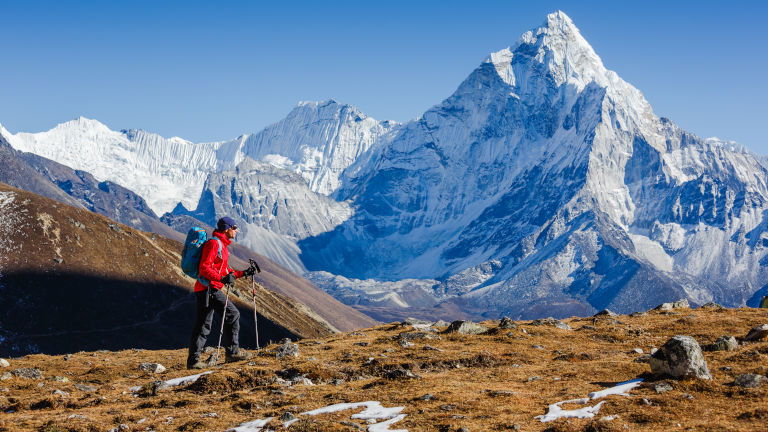
No matter what time of year you travel, it is important to be prepared for Everest, Annapurna, or any other treks in Nepal. There is usually the option to hire additional gear before commencing your hike and layering is key to ensuring you are equipped for any weather event. Each itinerary on Global Journeys’ website has a set of trip notes (found below the day by day itinerary and inclusions) from the tour operator which provides a guide on what to take on tour as well as climate information.
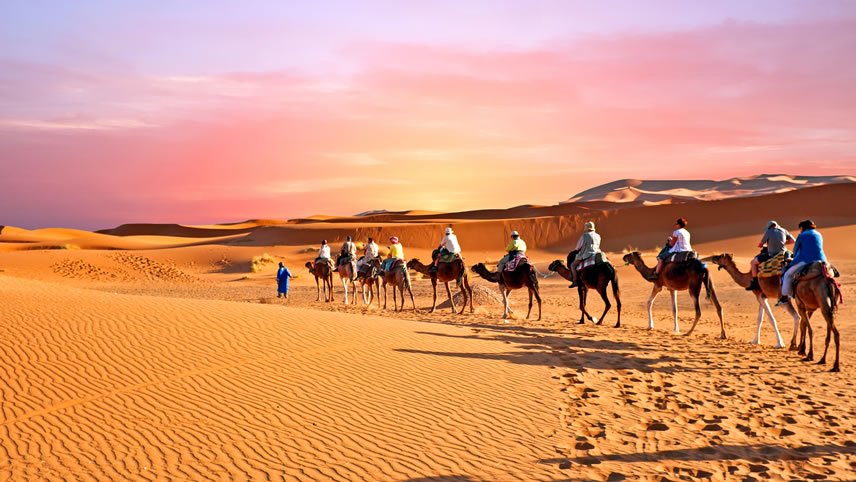
25 March, 2024
Exploring the Moroccan WildernessMorocco is a captivating destination where its vivid culture and historical depth converge,...
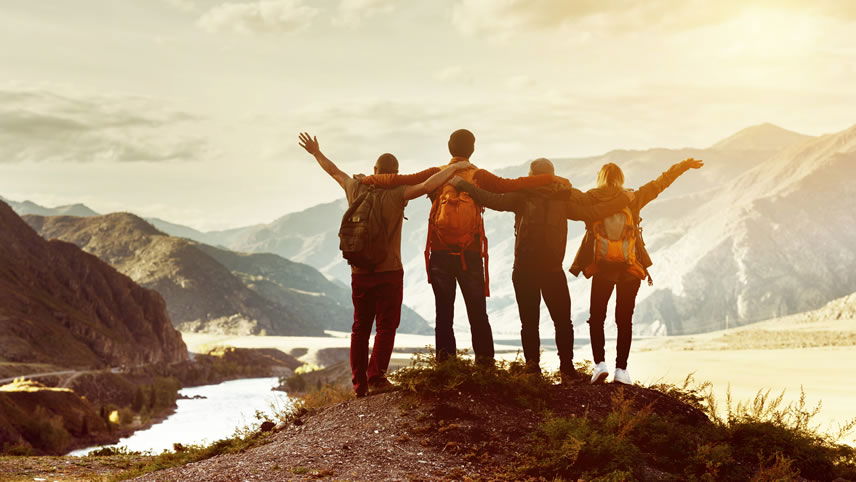
31 March, 2022
Exodus' Top Walking ToursWalking. Sometimes it’s the best way to see the world. Come within a hair’s breadth of an...
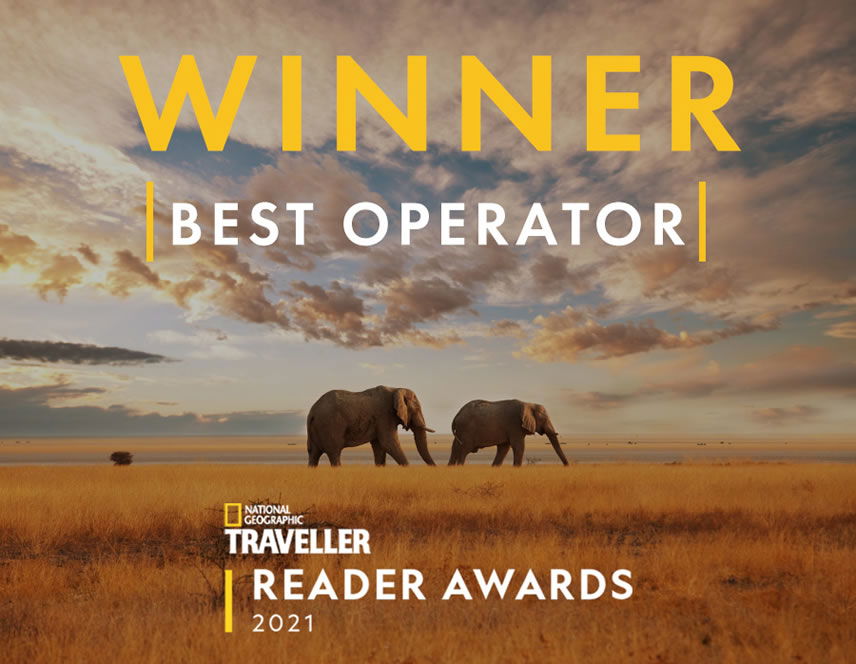
10 January, 2022
Exodus Travels Voted Best Operator in the National Geographic Reader AwardsMulti-award-winning small group and self-guided tour experts Exodus Travels have been named...
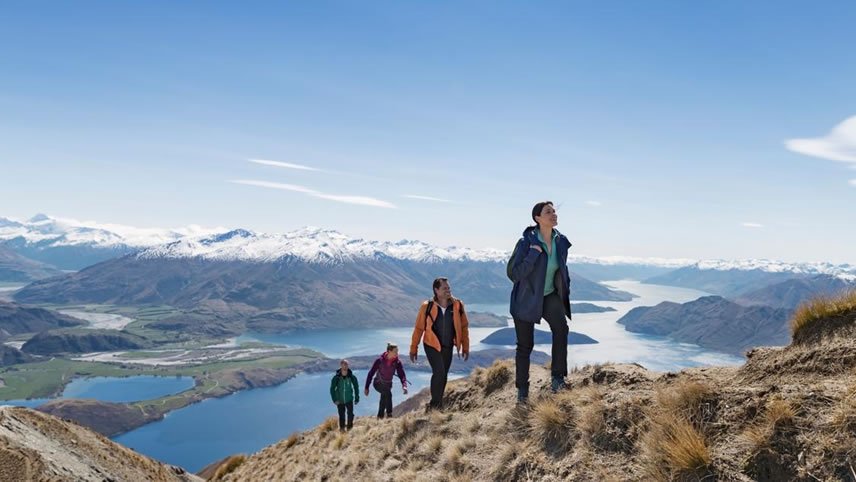
30 July, 2020
5 Awesome Walking Trails on NZ’s South IslandNew Zealand’s South Island is incredibly scenic. Raw beauty enchants at every turn and...
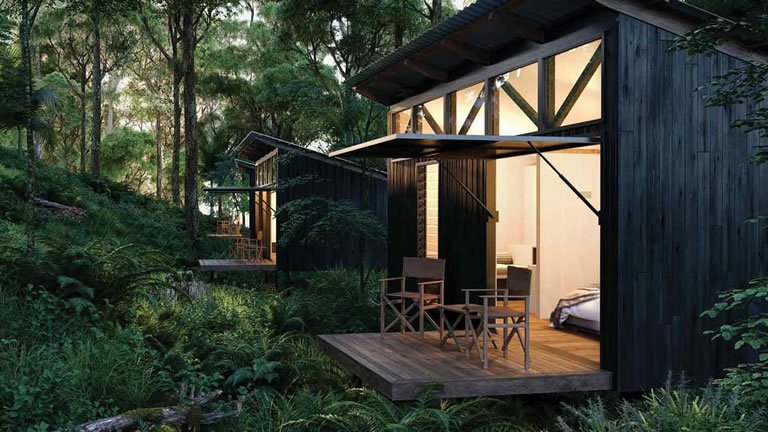
21 July, 2020
Adventure Meets Luxury: APT’s Walking Tours in Australia and New ZealandAPT have expanded their Australia and New Zealand tour collections to include a new travel...
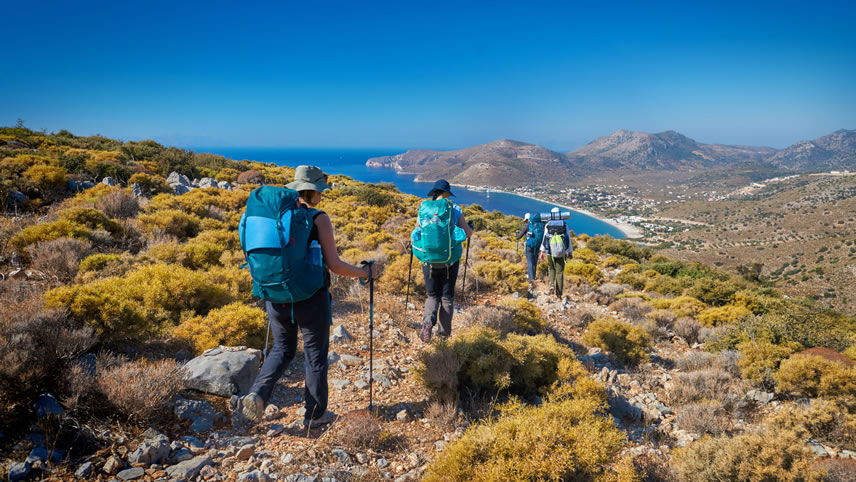
07 November, 2019
Top Trails to Explore on a Walking Tour of GreeceGreece is a paradise for active travellers who are keen to explore everything the mainland and...
